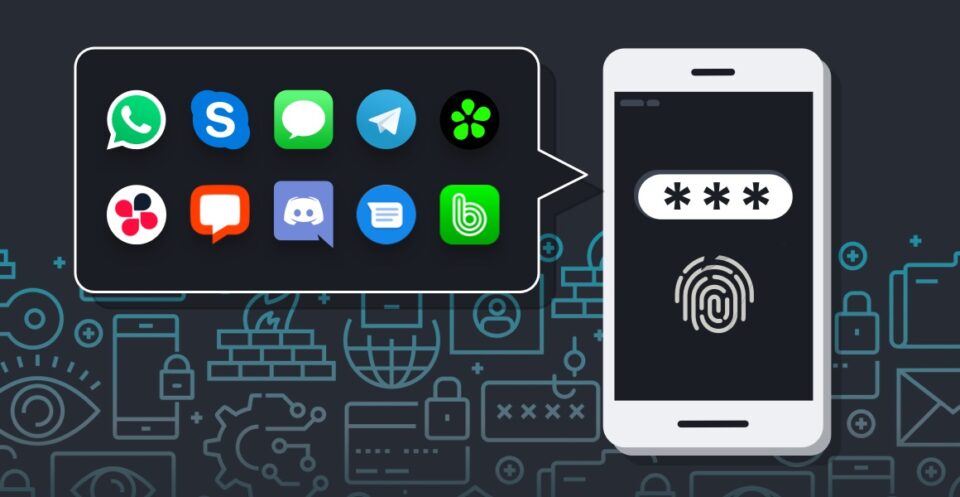Secure messaging apps lay encryption technology. Encryption converts plain text into an unreadable format called cipher text using complex mathematical algorithms. Only authorized parties with the correct decryption key access and decipher the original message. Secure messaging apps typically employ end-to-end encryption, which means that the encryption and decryption processes occur on the user’s devices, ensuring that no third party, including the messaging service provider, access the plaintext content.
Exchange and verification
Secure messaging apps rely on vital exchanges to establish a secure communication channel. During this process, the communicating parties exchange encryption keys, which are used to encrypt and decrypt messages. Many secure messaging apps also incorporate fundamental verification mechanisms, allowing users to verify the authenticity of the encryption keys and ensure that they communicate with the intended recipient.
Secure messaging features
Secure messaging apps offer a range of features designed to enhance privacy and security. Here are some standard features you may encounter:
- Some secure messaging apps offer the ability to set a timer for messages to automatically delete themselves after a specified period, reducing the risk of data leakage or unauthorized access.
- Advanced secure messaging apps may implement measures to prevent recipients from taking screenshots of sensitive conversations, further safeguarding your privacy.
- To add an extra layer of security, many secure messaging apps support two-factor authentication, which requires users to provide a secondary form of verification, such as a one-time password or biometric authentication, in addition to their primary login credentials.
Choosing a secure messaging app
When selecting a secure messaging app, it’s essential to consider its reputation, encryption protocols, user-friendliness, and compatibility with your devices and operating systems check over here. Popular, secure messaging apps include Signal, What Sapp, and Telegram. Researching and understanding each app’s specific features and security measures is crucial before deciding on the one that best suits your needs.
Adopting secure communication practices
While secure messaging apps provide robust security features, adopting good communication practices is essential to maximize effectiveness. Here are some tips:
- Verify contacts– Before engaging in sensitive conversations; verify the identity of your contacts to ensure you’re communicating with the intended individuals.
- 2. Be cautious with links and attachments: Exercise caution when receiving links or attachments, even from trusted contacts, as they could be malicious or compromised.
- Keep software updated: Regularly update your secure messaging app and device operating system to ensure you have the latest security patches and features.
Balancing privacy and convenience
While secure messaging apps offer enhanced privacy and security, balancing privacy and convenience is essential. Some secure messaging apps may require additional steps or sacrifices in user experience compared to mainstream messaging platforms. It’s crucial to evaluate your specific needs and find a solution that provides the desired level of security while remaining practical and user-friendly for your intended use case.
As technology continues to evolve and our online presence expands, embracing a culture of privacy becomes increasingly important. Secure messaging apps play a vital role in safeguarding our personal and professional communications, but they are just one component of a more significant privacy-centric mindset. Educating ourselves, staying informed about emerging privacy threats, and actively implementing measures to protect our digital identities and sensitive information is essential.

